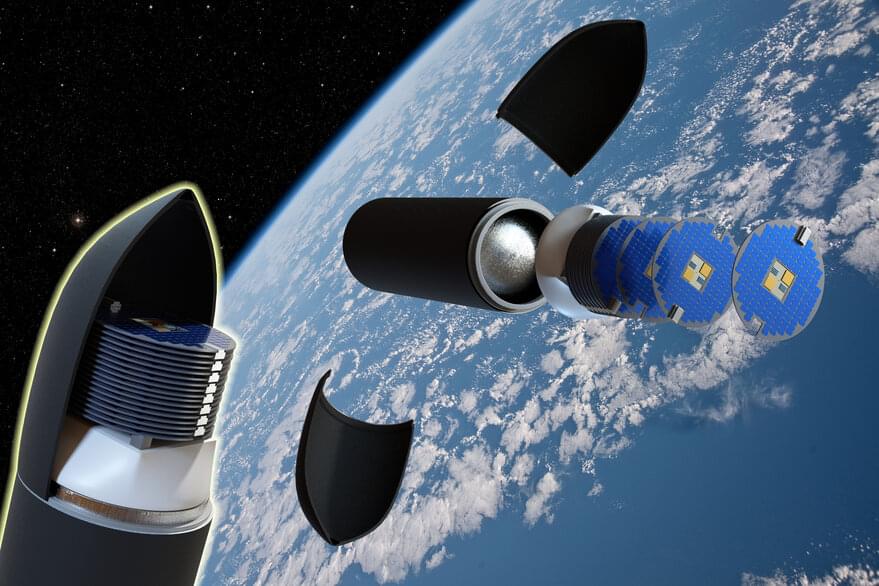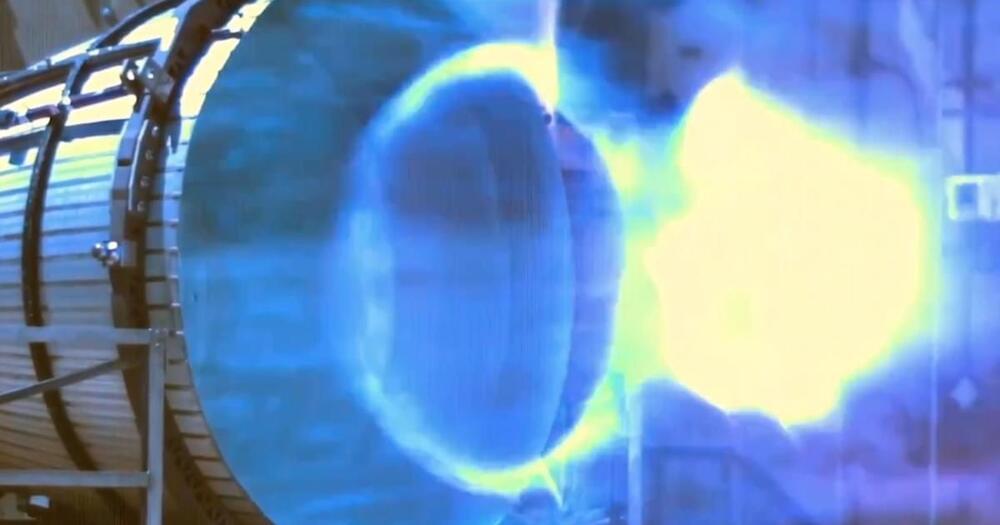A numerical toolkit for analyzing warp drive spacetime — pbbp0904/WarpFactory.


SpaceX’s Starship Super Heavy is the world’s largest and most powerful reusable launch vehicle, with the capability to carry over 150 tons and a super heavy booster that can return in 6 minutes and be ready for flight in an hour, making it crucial for the success of human space travel and cost savings Questions to insp.
SpaceX is making significant advancements in rocket engine production, launch infrastructure, and heat shield technology, positioning Starship as the leading vehicle in the future of space exploration Questions to inspire discussion What advancements is SpaceX making in rocket engine production? —SpaceX is making signi.
SpaceX is making significant upgrades to the Starship spacecraft, including improvements to the heat shield, landing legs, and payload capabilities, with the goal of transporting humans and cargo to Mars and building a self-sustaining city on the red planet by 2060 Questions to inspire discussion What upgrades is Space.

NASA’s next moon spacecraft for humans made one small leap into an altitude chamber for vital testing before it brings astronauts on board.
The Orion spacecraft for Artemis 2 is slated to fly around the moon with four astronauts no earlier than September 2025 — but first, engineers with NASA want to make sure it is ready for the job.

SpaceX The Space Race
SpaceX The Space Race

SpaceX has shared dramatic slow-motion footage showing a Raptor engine powering down at the end of a recent test fire.
“Shutdown of a Raptor vacuum engine in slow motion,” SpaceX said in a message accompanying the video (below). It added that the engine’s nozzle “is sized for use by Starship in the Earth’s upper atmosphere and outer space, so operation at sea level and low chamber pressures results in flow separation creating visible rings in the exhaust.”
SpaceX LabPadre Space